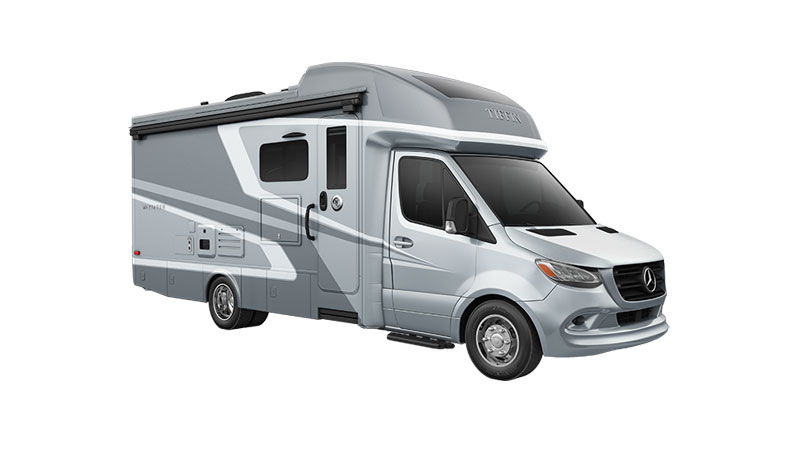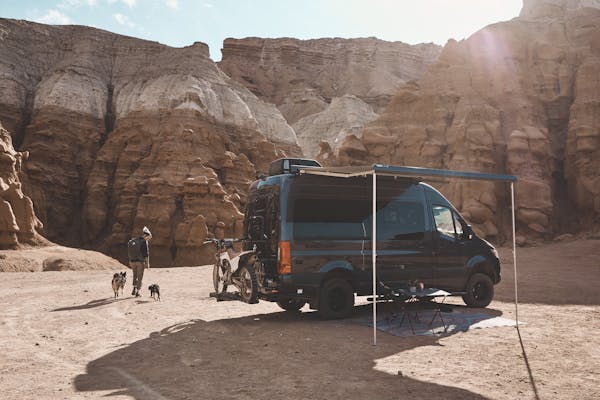Dustin and Sarah are firm believers that the best adventures are found far off the beaten path. In June 2020, they purchased a Tiffin Wayfarer Class C in an effort to extend their adventuring and enjoy the outdoors for longer periods of time. They like to spend their free time biking, hiking and packrafting, all while making new friends and memories along the way.
Featured RV: 2020 Tiffin Wayfarer 25RW











